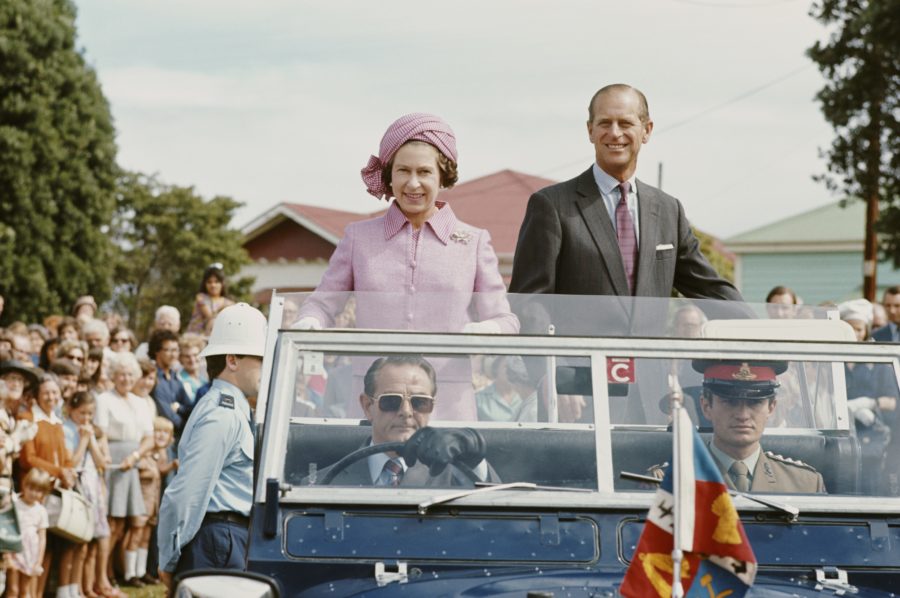His Royal Highness The Duke of Edinburgh was one of the world’s most travelled men. As well as accompanying Her Majesty The Queen on all of her official overseas visits, he made over 620 solo visits to 143 countries on behalf of Britain, the Commonwealth and the many causes he supported.
Prince Philip travelled to all corners of the globe. He visited Canada and Australia over 20 times each, and was a freeman of many cities including Acapulco, Bridgetown, Dar-es-Salaam, Guadalajara, Los Angeles, Melbourne and Nairobi.
Often his visits were aboard the Royal Yacht Britannia, the interior of which he helped to design as a floating residence for many UK, Commonwealth and overseas tours. In October 1956, he set off on a four-month trip around the world from Australia to the Antarctic on board the new yacht, covering over 40,000 miles.
He opened the 1956 Summer Olympics in Melbourne, visited the remote South Atlantic locations of the Falkland Islands, South Georgia, Tristan da Cunha, Ascension Island and St. Helena, and became the first royal to cross the Antarctic Circle.
After gaining his private pilot’s license in 1959 he regularly piloted himself on overseas trips. In 1962, he undertook a two-month tour of South America and often took the aircraft’s controls, alongside co-pilot Captain Peter Middleton, the grandfather of the Prince’s future granddaughter-in-law, Catherine, Duchess of Cambridge.
His travels often took him to the Commonwealth where he was patron or president of a range of charitable bodies and civil society organisations. He made 229 solo visits to 67 Commonwealth countries without The Queen.
Sometimes his visits had surprising results: following a visit in 1974 to Tanna, one of the islands in Vanuatu in the South Pacific, villagers began to worship him as a god, believing he had a connection to a sacred mountain on the island.
On official state visits he was a dutiful escort, entertaining the wives of presidents and politicians while The Queen talked to their husbands. On solo trips, the itinerary often reflected his own interests in science and technology, the development of young people, conservation of the environment, and the encouragement of sport.
These ‘working trips’ often saw the Prince furthering the cause of the many initiatives he was involved with, whether it be the Duke of Edinburgh award scheme, the World Wildlife Fund, or the English Speaking Union.
Whether travelling as The Queen’s representative overseas, or in support of the many hundreds of charities and organisations of which he was patron, his was a unique achievement, spanning a lifetime of public service.

